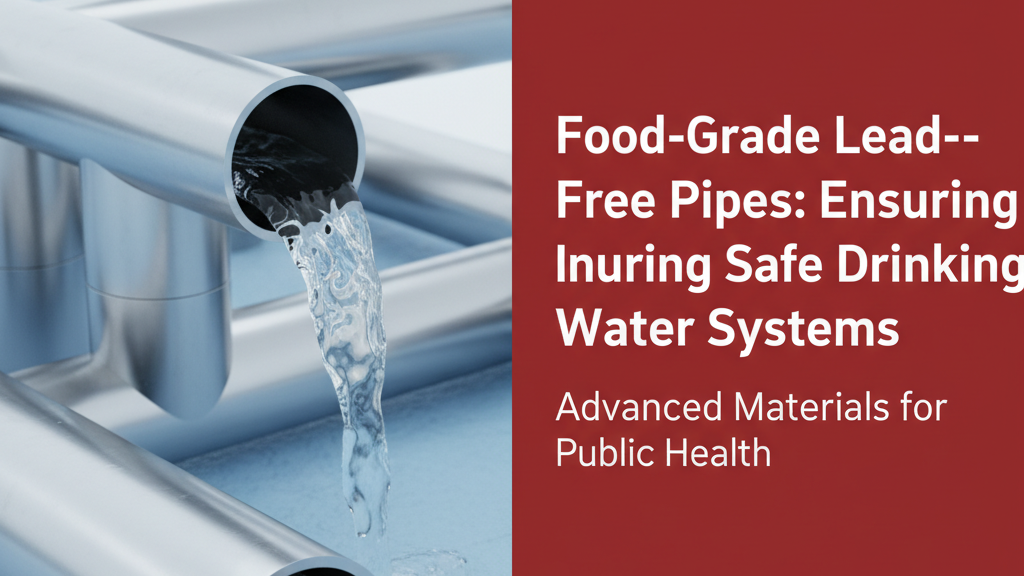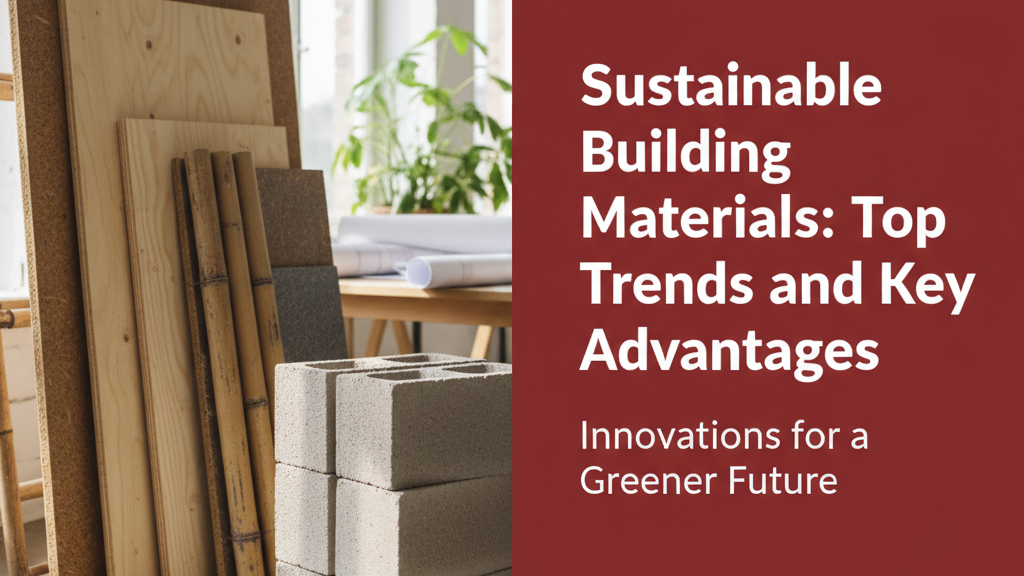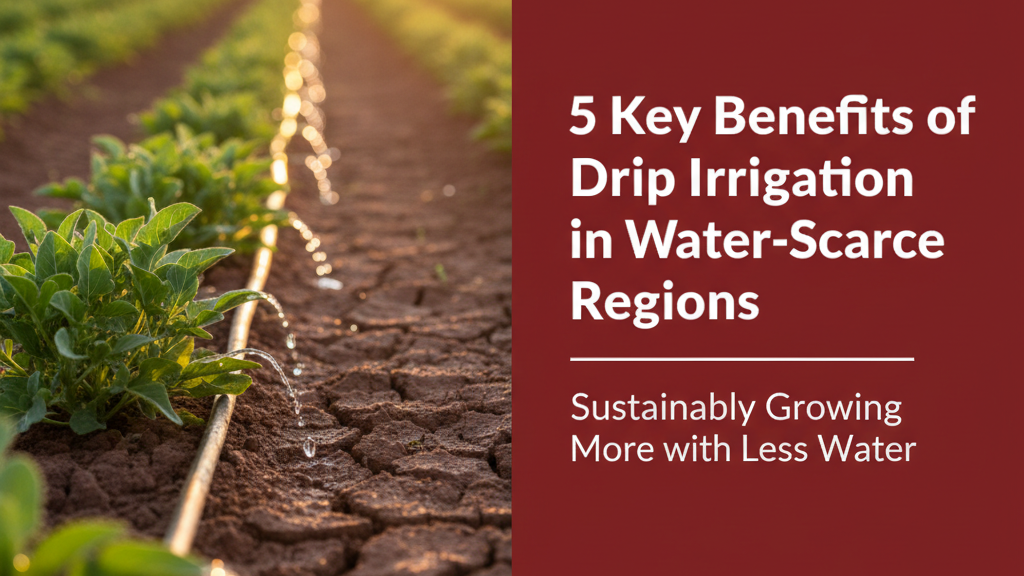The Importance of Lead-Free Piping in Drinking Water
Lead contamination in drinking water remains a pressing health concern across India, particularly in older buildings where outdated plumbing persists. Even trace amounts of lead can accumulate in the body over time, potentially causing developmental issues in children and cardiovascular problems in adults. Modern piping systems prioritise lead-free materials to eliminate this risk at the source.
Water chemistry plays a crucial role – acidic or soft water can accelerate corrosion in traditional pipes, leaching metals into your supply. This makes material selection particularly important in regions with varying water quality.
How Food-Grade Pipes Enhance Water Safety
Food-grade pipes go beyond basic lead-free compliance, meeting stringent standards for potable water contact. These pipes:
- Use stabilisers and additives that won’t migrate into water
- Resist biofilm formation that can harbour bacteria
- Maintain material integrity across temperature fluctuations (0-60°C typical)
Unlike standard plumbing pipes, food-grade variants undergo additional testing for extractable substances under prolonged water exposure scenarios.
What Makes a Pipe Truly Lead-Free?
Authentic lead-free certification requires more than marketing claims. Key indicators include:
- ISI Mark certification with applicable standards (IS 4985 for HDPE pipes, for example)
- Third-party test reports showing lead content below 0.25% by weight
- Manufacturing processes that exclude lead-based stabilisers (common in older PVC formulations)
Be wary of pipes labelled “low-lead” rather than “lead-free” – these may still contain problematic amounts.
Understanding Food-Grade Certification Standards
Several standards govern food-grade piping suitability:
| Standard | Scope | Relevance |
|---|---|---|
| NSF/ANSI 61 | Drinking water system components | Tests for contaminant leaching |
| FDA 21 CFR | Food contact materials | Regulates plastic additives |
| IS 10500 | Indian drinking water standards | Specifies acceptable heavy metal limits |
Certification involves accelerated ageing tests where pipes are exposed to various water conditions, then analysed for chemical migration.
Common Materials Used in Safe Drinking Water Pipes
Modern options each have distinct advantages:
- HDPE: Excellent chemical resistance, fusion-welded joints eliminate contamination risks
- uPVC: Lightweight and cost-effective, when formulated without lead stabilisers
- CPVC: Handles higher temperatures than standard PVC
Material choice depends on water chemistry, installation method, and thermal requirements of the specific application.
Comparing Copper, PEX, and Stainless Steel
Traditional metals remain options with proper considerations:
| Material | Lead Risk | pH Sensitivity | Installation Factors |
|---|---|---|---|
| Copper | Lead-free alloys available | Corrodes below pH 6.5 | Requires skilled soldering |
| PEX | Inherently lead-free | Wide pH tolerance | Crimp/compression fittings |
| Stainless Steel | 304/316 grades safe | Chloride corrosion possible | Specialised welding needed |
Each requires different joining methods that can introduce contamination risks if improperly executed.
Regulations Governing Lead-Free Water Pipes
Indian regulations continue evolving to protect water quality:
- Bureau of Indian Standards (BIS) mandates lead content limits in plumbing materials
- The Jal Jeevan Mission prioritises lead-free systems in rural water projects
- Many states now prohibit lead solder in new installations
Compliance isn’t just about initial installation – pipes must maintain safety throughout their 25-50 year service life.
How to Identify and Replace Lead Pipes
Signs your plumbing may need upgrading:
- Pipes installed before 1990 (especially galvanised iron)
- Dull grey colour that scratches to reveal shiny metal
- Frequent particulate matter in water
Replacement best practices:
- Test water at multiple taps to identify contamination sources
- Choose certified replacement materials suited to your water chemistry
- Ensure all fittings and joining methods are also lead-free compliant
The Future of Drinking Water Safety Innovations
Emerging approaches focus on:
- Smart pipes with embedded sensors for real-time water quality monitoring
- Nano-coatings that prevent scale and biofilm accumulation
- Advanced polymer blends enhancing chemical resistance
These developments aim to make lead contamination detection and prevention more proactive.
Emerging Technologies in Pipe Manufacturing
Recent advancements include:
- Cross-linked polyethylene (PEX-AL-PEX): Aluminium layer improves oxygen barrier properties
- Chlorine-resistant formulations: Protect against disinfectant-induced degradation
- Self-sanitising surfaces: Copper-infused polymers reduce bacterial growth
While some innovations remain cost-prohibitive for widespread use, they demonstrate the industry’s safety commitment.




